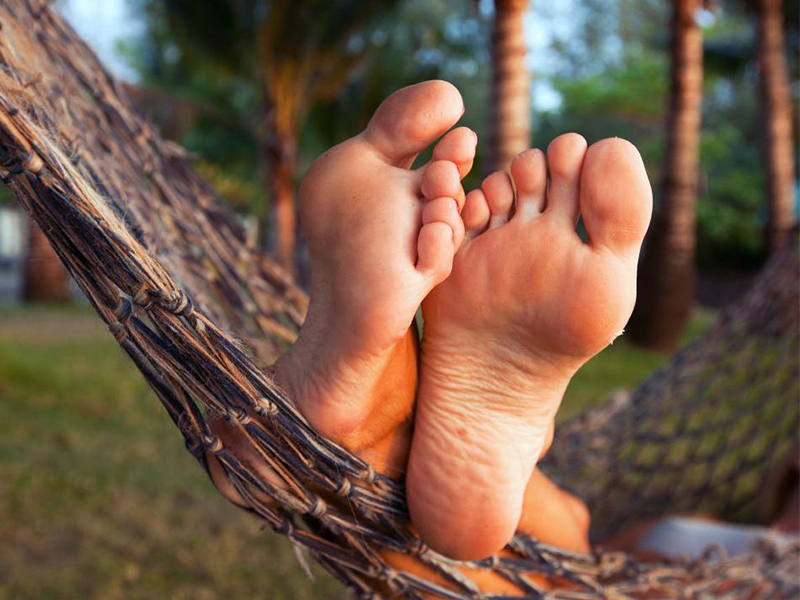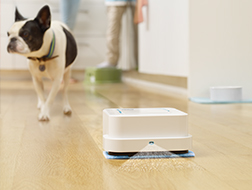
The outdoor living segment is booming – to the tune of more than $6 billion in annual sales. And the range of products included in this category is mindboggling. Outdoor living spaces are no longer simply about grills, furniture and the gazebo. They now include complete kitchens, elaborate water spas, multi-media entertainment displays and even HVAC systems.
Homeowners are creating environments – on their porches, patios, decks and balconies – that serve as extensions of their indoor living space, regardless of climate or season. This “bringing the indoors outside” phenomenon appears to satisfy similar needs and desires: comfort, convenience, enjoyment and self-expression.
The outdoor living trend represents a tremendous growth opportunity for product designers and manufacturers. Here are a few observations that should help them factor success:
- Recognize Growth of Do-It-Yourself-ers
In the discretionary home improvements market, there’s been a noticeable shift away from the use of self-employed contractors. Conversely, the ranks of DIY-ers have grown larger. The long-standing love/hate relationship between homeowners and local contractors – often fueled by their hit-or-miss performance – may have reached a post-2008 recession tipping point, with qualified contractors now even more difficult to find, expensive to engage, and still inconsistent in terms of quality (despite performance reviews on Yelp or Angie’s List.)
According to The Joint Center for Housing Studies of Harvard University, DIY spending has increased over the past 2 years (over its prior peak in 2007.) Their research also showed that, based on anticipated movement of the large millennial generation into homeownership, even stronger growth in DIY spending is expected over the next decade.
To meet this increased DIY demand, product manufacturers should reconsider their installation practices and requirements. Are there some models, for example, that can be designed to eliminate or greatly reduce the need for a professional installer? By considering the DIY segment within the growing outdoor category, manufacturers can likely identify another opportunities for success in this marketplace.
- Help Homeowners Create an Oasis
Size is relative to today’s homeowner. A 10×10 square foot open-air plot in the city can be considered by many as equally treasured (if not more) than an expansive backyard patio in suburbia. So it’s important for product manufacturers to recognize that buyers have an emotional connection with their outdoor living space.
Homeowners are not simply setting out lawn chairs, or lighting the fire pit after dark. More importantly, they’re creating their own personal oasis – an outdoor environment dedicated to their relaxation that allows them to escape from real-world pressures. It’s also often a place where guests are entertained, elevating its function as a platform for expressing their personal tastes and priorities.
To leverage those very personal motivations, manufacturers of outdoor products need to create an appropriate aesthetic. This is achieved not only through the product’s packaging, promotion and merchandising, but also more importantly, as an integral part of the product design itself. The product’s shape, color, texture and materials can be as important to consumers as the product’s pure functionality. Similar to fashion items, homeowners will envision themselves “wearing / experiencing” outdoor products in their own environment as part of their purchasing decision.
In helping homeowners to create a personal oasis, it’s important for product manufacturers to recognize that the traditional line separating indoor and outdoor living spaces has begun to blur. Consumers are increasingly seeking integrated, and sometimes interchangeable, “all weather” products that deliver functionality and visual appeal in both internal and external environments, without appearing out of place in either location.
- Address the On-Demand Lifestyle
Today’s on-demand mentality has become the accepted norm in every aspect of our lives. Whether the task involves fast food, down-loading information or car repair, we’re no longer willing to wait for anything, or to be inconvenienced in any way. Even when contractors are available to help, most homeowners are impatient for the job to get started and/or completed.
This embedded cultural impatience, which is unlikely to ever change, provides outdoor product manufacturers with the opportunity to benefit, by integrating a “plug and play” approach into their new and existing product lines.
How can installation, ease of use and (near) instant gratification be integrated into every aspect of design, packaging and merchandising? Using outdoor spas as an example: all of that spa’s components – from its shell, to its cover and attachments – must be thoughtfully designed, coordinated, packaged, delivered and explained with consumer convenience as the top priority. For outdoor spa manufacturers, the underlying “plug and play” message that’s delivered to consumers should be simply: “Just Add Water.”
The good news for outdoor living product manufacturers is that, as their category continues to expand, they stand to benefit greatly from increased market demand. But rapid growth in any category means increased competition. New and more aggressive companies will enter the market, driving product design innovation. “Legacy” outdoor product manufacturers can’t be caught flat-footed as market dynamics change. By understanding the trends described here, and getting out in front of homeowner demand, they can gain tangible advantage in the battle for outdoor living products.




